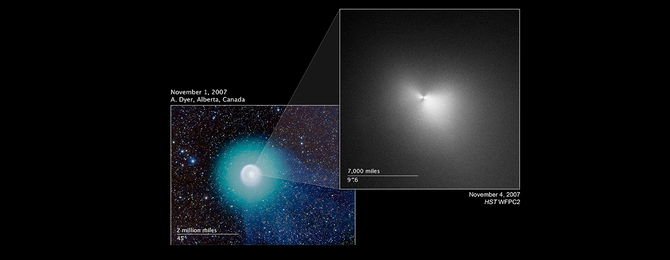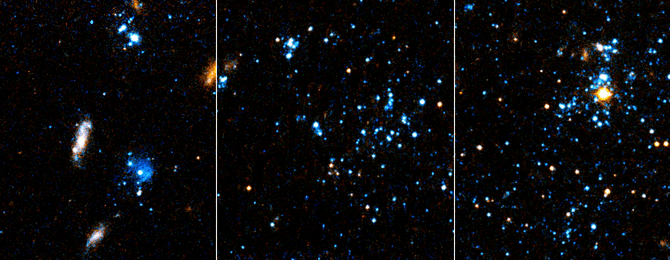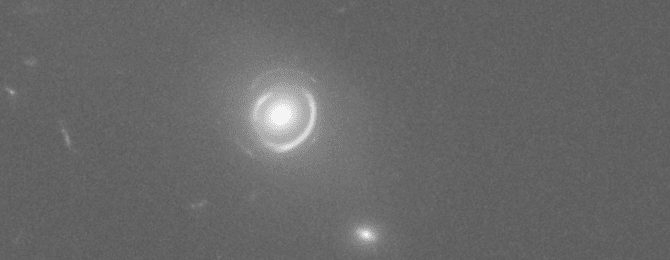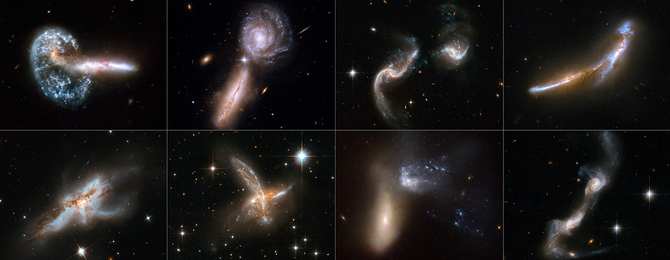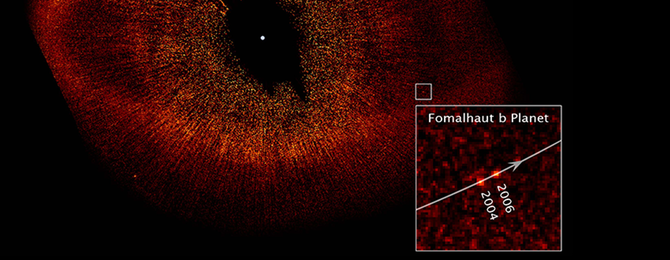Hubble Images Suggest Rogue Asteroid Smacked Jupiter
Without warning, a mystery object struck Jupiter on July 19, 2009, leaving a dark bruise the size of the Pacific Ocean. The spot first caught the eye of an amateur astronomer in Australia, and soon, observatories around the world, including NASA's Hubble Space Telescope, were zeroing in on the unexpected blemish. Astronomers had witnessed this kind of cosmic event before. Similar scars had been left behind during the course of a week in July 1994, when more than 20 pieces of Comet P/Shoemaker-Levy 9 (SL9) plunged into Jupiter's atmosphere. The 2009 impact occurred during the same week, 15 years later.
This Hubble image of Jupiter's full disk, taken July 23, 2009, revealed an elongated, dark spot at lower, right (inside the rectangular box). The unexpected blemish was created when an unknown object plunged into Jupiter and exploded, scattering debris into the giant planet's cloud tops. The strike was equal to the explosion of a few thousand standard nuclear bombs. The series of close-up images at right, taken between July 23, 2009 and Nov. 3, 2009, show the impact site rapidly disappearing. Jupiter's winds also are spreading the debris into intricate swirls. The natural-color images are composites made from separate exposures in blue, green, and red light. Astronomers who compared Hubble images of the two collisions (in 1994 and 2009) say that the culprit in the 2009 event may have been an asteroid about 1,600 feet (500 meters) wide. The images, therefore, may show for the first time the immediate aftermath of an asteroid, rather than a comet, striking another planet.
(More at HubbleSite.com)









